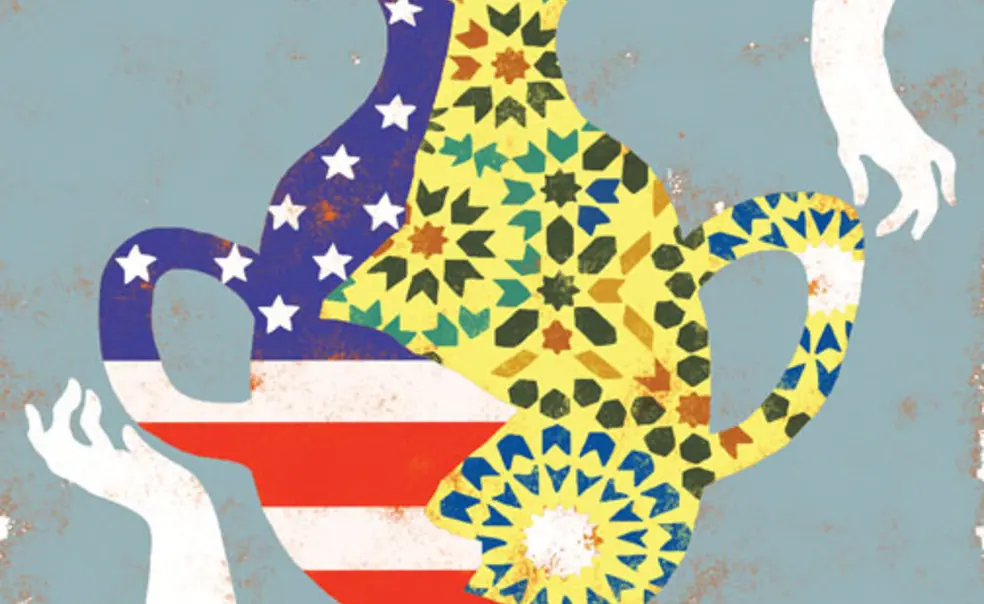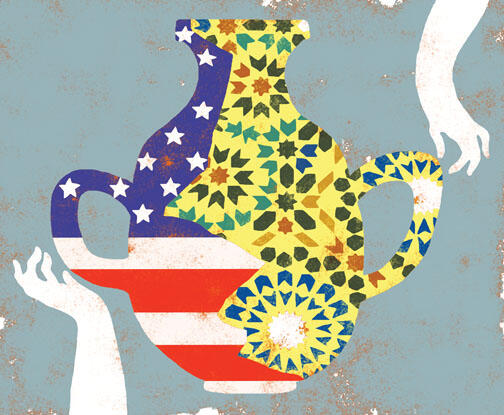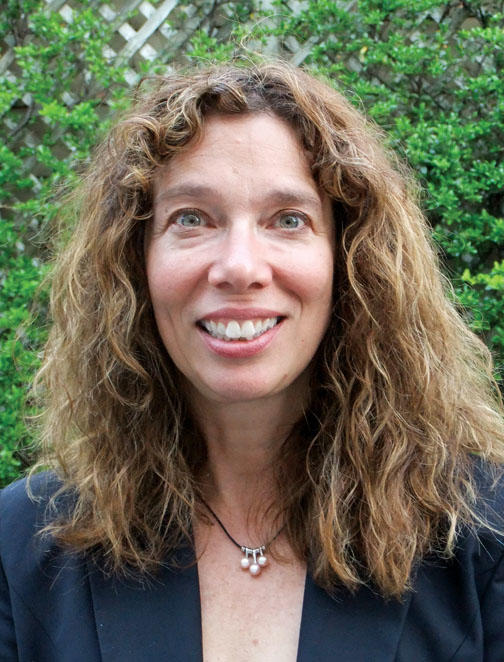Sharon Keld ’80 served in the Peace Corps in Morocco and in the Philippines. She is now marketing Everywhere Exercise, a smartphone app, and plans to return to Peace Corps service in January, in Armenia.
Fifty years ago, when President John F. Kennedy established the Peace Corps to promote world peace and friendship, he listed three goals: helping developing countries meet their need for trained men and women, promoting a better understanding of the United States in those nations, and helping Americans better understand other peoples. Though most volunteers are young — the average age is 28 — and I am about as old as the Peace Corps itself, I felt I could put my years of marketing experience to work.
The Peace Corps sent me to a town of about 40,000 people in the Middle Atlas Mountains in Morocco. I left for my service Sept. 11, 2006, with some trepidation about flying to a Muslim country on that date. I discovered a country with people who are devout but not extreme, and who were eager to share their culture with me without trying to convert me — except for my host mother, but only because she wanted me to join her in heaven.
My one real hardship was having no heat. The Peace Corps “welcome book” noted that Morocco is “the cold country with the hot sun,” and the air inside my concrete house was colder than the air outside. All winter, I wore several layers of clothing, slept under numerous blankets, typed with fingerless gloves, and spent time by a space heater. (Peace Corps volunteers in places closer to the Sahara had similar misery in the summer, going to sleep under a wet sheet and waking up in the middle of the night to re-wet it, since it was too hot to sleep once it dried.) But I did not lack creature comforts. I had electricity and running water. I had Internet access and a cell phone, and so I never felt truly lonely or isolated. I had seasonal fresh fruits and vegetables — and, when visiting my host family or Moroccan friends, was served couscous and tagines that were better than anything you can get in a Moroccan restaurant in the United States. I didn’t feel obligated to wear a head scarf, though the people I worked with seemed to be more comfortable around me when I wore clothing that covered my arms and legs.
I worked with the provincial showroom that sold products from artisans around the country, a few individual artisans who carved rock and wood, and two women’s weaving cooperatives. Traditionally, the artisans would sell to middlemen, who then would take most of the profit. I was there to help them learn to build their own businesses. I worked with them on a tourist questionnaire, websites, and brochures, and helped teach them to find customers, produce the items customers wanted, and charge a fair price. Once I organized a workshop for other Peace Corps volunteers on an all-but-lost technique of natural dyeing, which the volunteers shared with their own artisans.
The artisans soaked up the information eagerly, but I never was sure how much they took to heart. Then, every so often, someone would request additional brochures, ask for the password to an e-mail account I had set up, or start sewing labels with her cooperative’s name onto a rug she had woven. I knew that something was getting through. A common Arabic saying in Morocco is swiya b’ swiya — little by little. For the artisans, it applied to the business skills they were acquiring; for me, learning about the culture.
I did my work in a language that was new to me, the spoken dialect of Moroccan Arabic. (A Peace Corps volunteer’s first three months in a new country always are spent in training.) Perhaps my biggest disappointment is that I never achieved fluency, though I learned enough to get my work done and get the “arabiya price” — a discount from what tourists would pay — as I traveled and shopped. Each day, I visited with the artisans, sitting with them as they worked, and having endless cups of tea; after all, I had to develop relationships before we could get anything else done. People had endless questions about my life in the United States — expressing curiosity, not anti-Americanism.
I appreciated the simple life, with endless time for reading, writing, and cooking. Although I sometimes felt frustrated at how slowly things moved, I realized that in the Peace Corps — and perhaps in life in general? — you can’t measure progress day to day or even week to week. People in general are resistant to change, and those in Morocco aren’t in any rush. Why, they wonder, are Americans?
By the end of my service, in November 2008, I knew I had made a difference and left something tangible behind. Several cooperatives had embraced the natural-dyeing technique I taught at the workshop for volunteers, which has raised the quality of the artisans’ products and the prices they can get. Even in the smallest towns in Morocco, I’d often come across people who had been helped by the Peace Corps at some point in their lives. At a time when it’s impossible to scan the newspaper without finding distressing international news, I came to know another culture, and other people came to know me — and through me, they learned something about the United States.














No responses yet